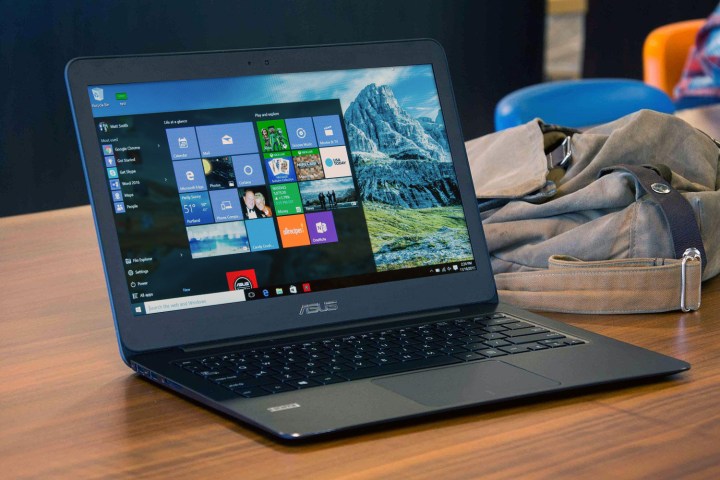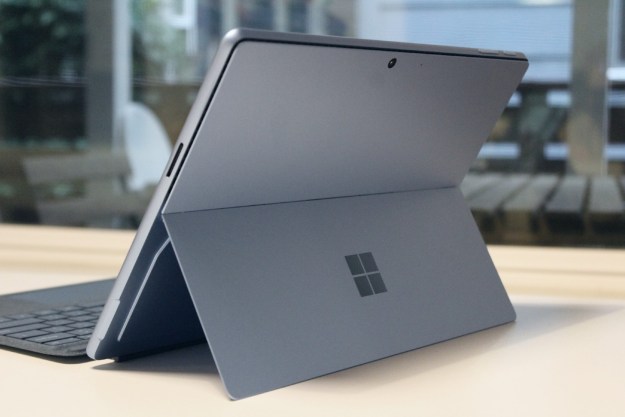
That’s right, the old Windows Update icon is no more. Microsoft has officially axed the venerable box-with-swirly-thing icon, in favor of a more streamlined sideways isosceles trapezoid, with a couple arrows inside.
All right, that’s not the biggest part of this update. The big news is actually behind the scenes. In the latest Windows Insider build, Windows 10 will handle background processes in a fundamentally different way than previous versions of Windows. Microsoft stated in a blog post that the change is meant to enhance performance for higher-end systems.
“If your PC has 3.5+ GB of memory, you may notice an increased number of processes in Task Manager. While this change may look concerning at first glance, many will be excited to find out the motivation behind this change,” wrote Microsoft engineer, Dona Sarkar in a blog post today.
Back when PCs had a lot less RAM available, Windows started bundling processes into service hosts. You know that little guy in your process list that always seems to be taking up more than its fair share of memory, the svchost.exe? Well, Microsoft is giving it the boot on systems with more than 3.5 GB of RAM.
“Because of the dramatic increase in available memory over the years, the memory-saving advantage of service hosts has diminished,” Sarkar continued.
Since we all have a lot more memory than we used to, this latest Insider build is doing away with service hosts and breaking things down into individual processes, in hopes of increasing your PC’s overall reliability. By separating things out, your PC’s background processes will be less reliant on one another. When they were bundled into service hosts, if one went down, it dragged down a lot of other unrelated processes.
Also, keeping processes separate makes them easier to troubleshoot and reduces security vulnerabilities by keeping everyone in their own lane. Naturally, critical system services will remain grouped.
It’s definitely a welcome change, and one of the more substantial changes to come out of the Windows Insider Fast Ring in the last couple weeks. The rest of the changes in this most recent build are the usual bundle of bug fixes and minor tweaks, which you can check out here on the Microsoft blog.
Editors' Recommendations
- The next big Windows 11 update has a new hardware requirement
- The most common Windows 11 problems and how to fix them
- Windows 11 vs. Windows 10: finally time to upgrade?
- Beware! The latest Windows 11 update might crash your PC
- The Windows 11 Android app dream is dead


